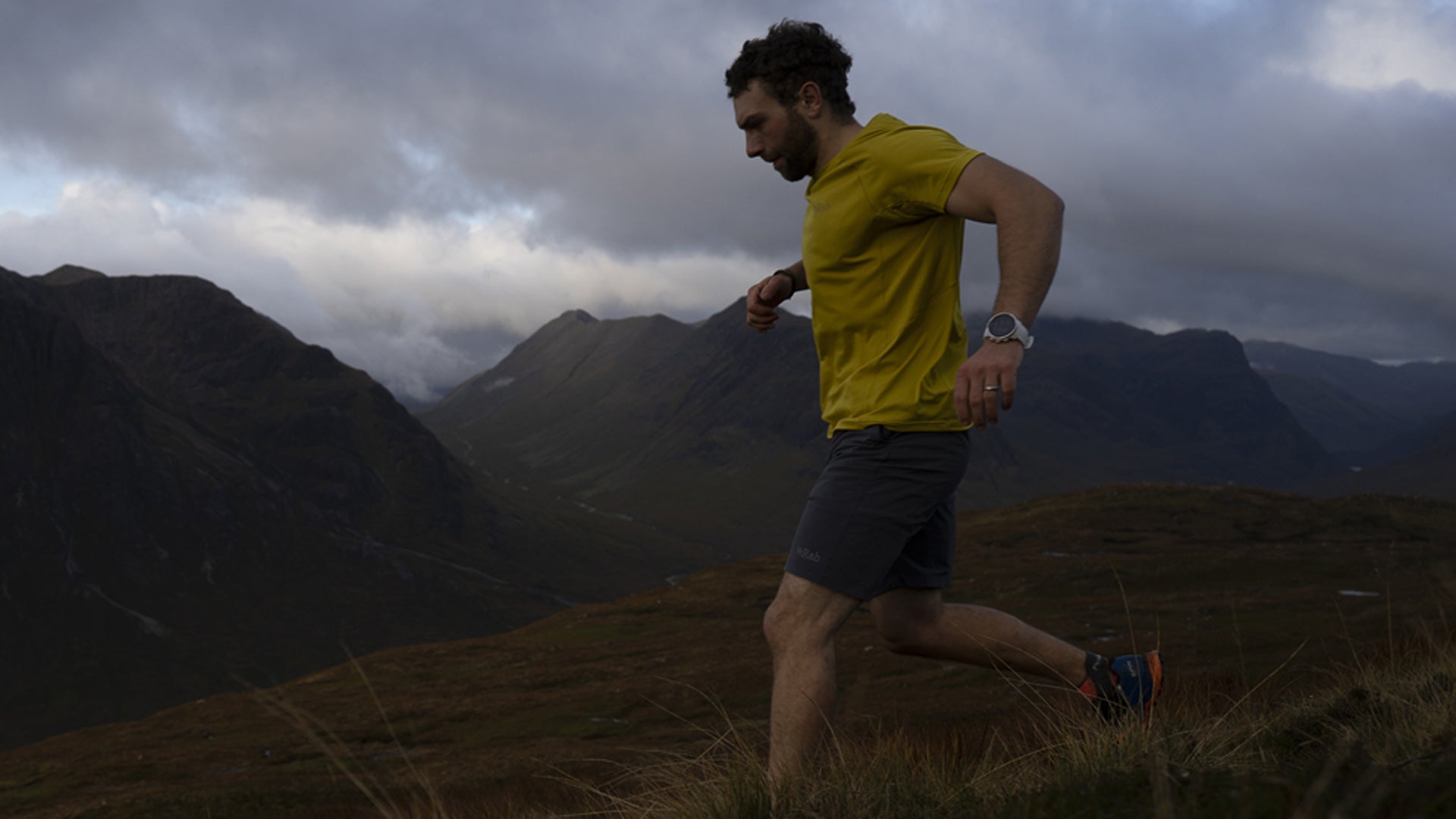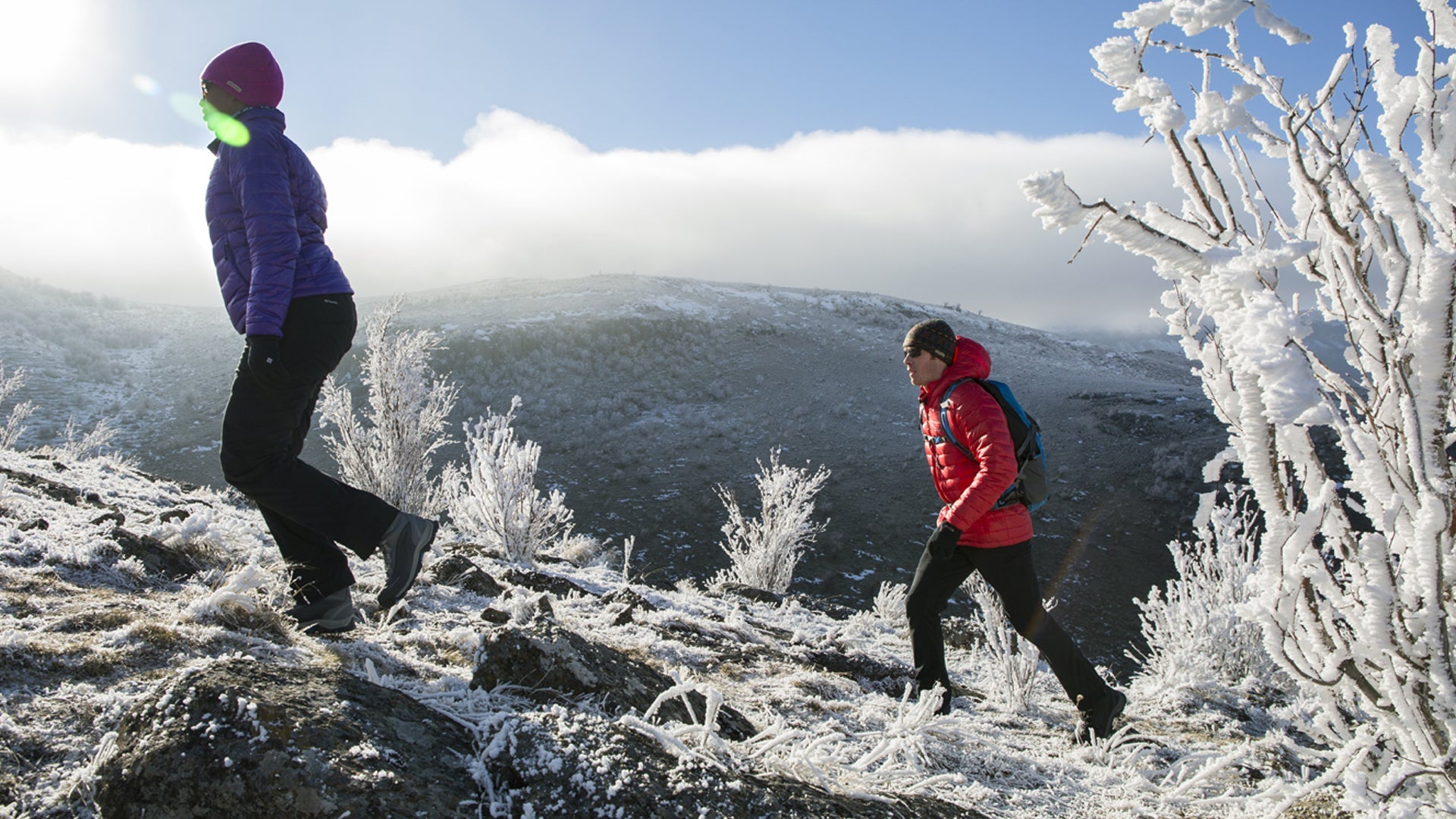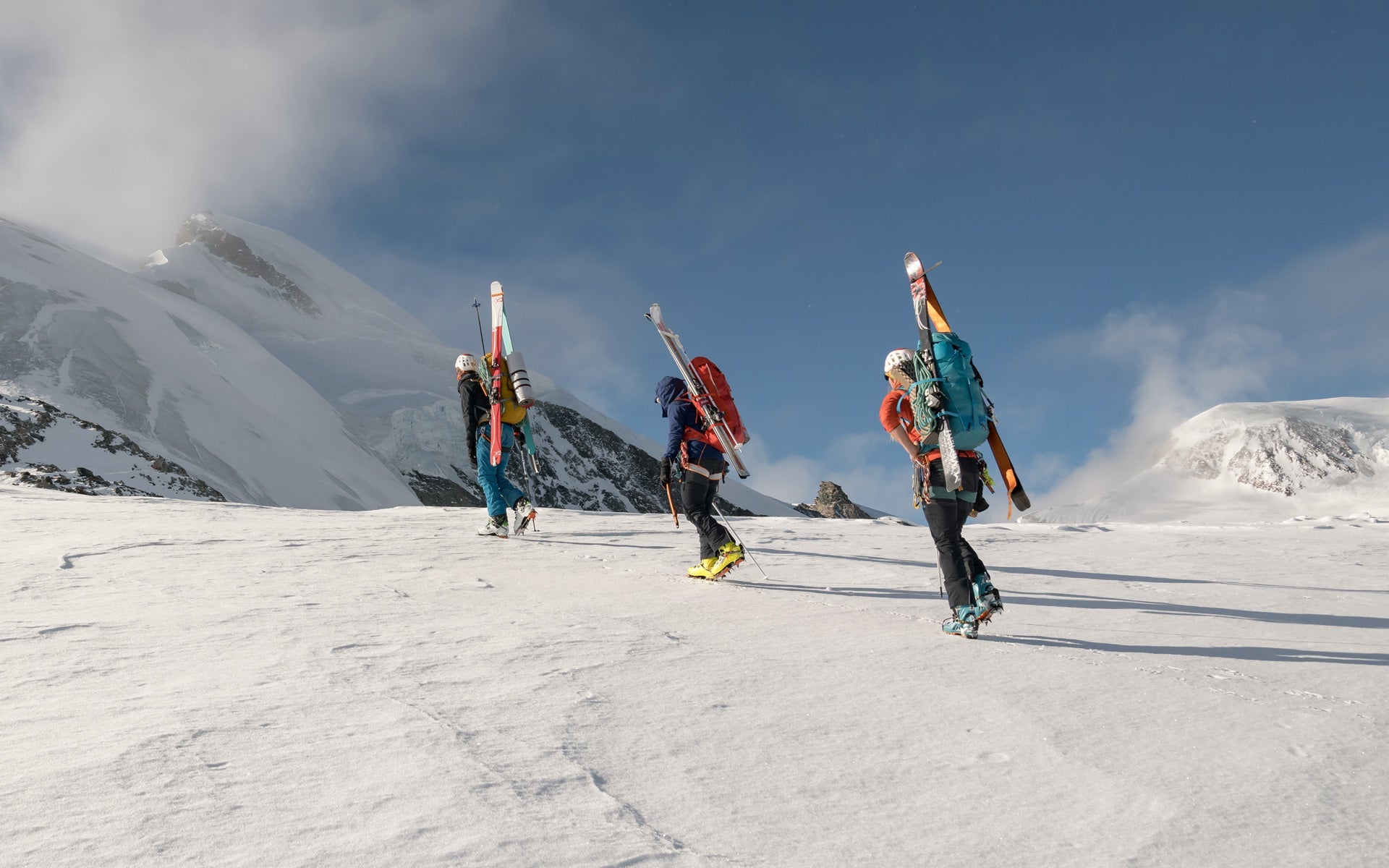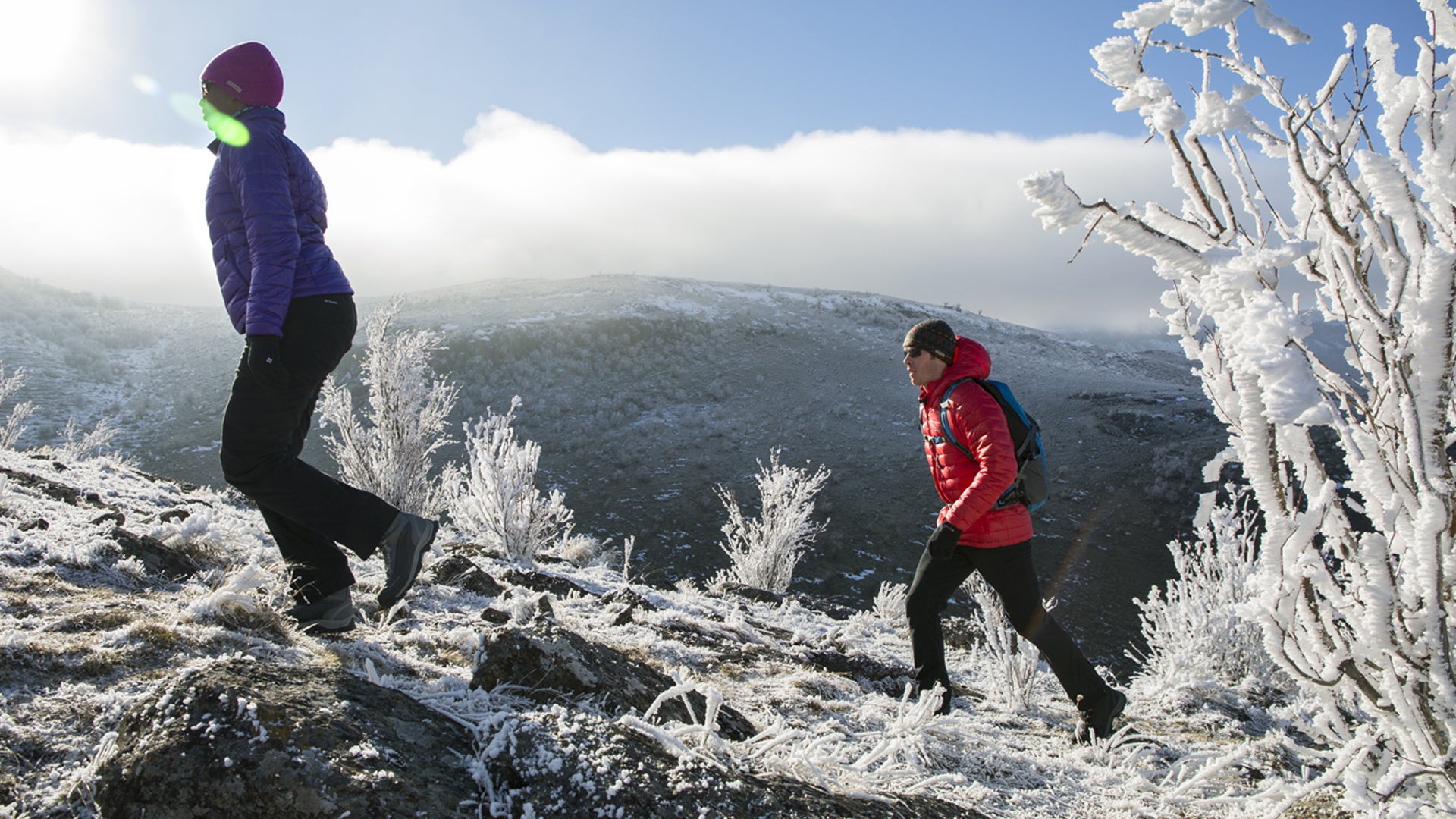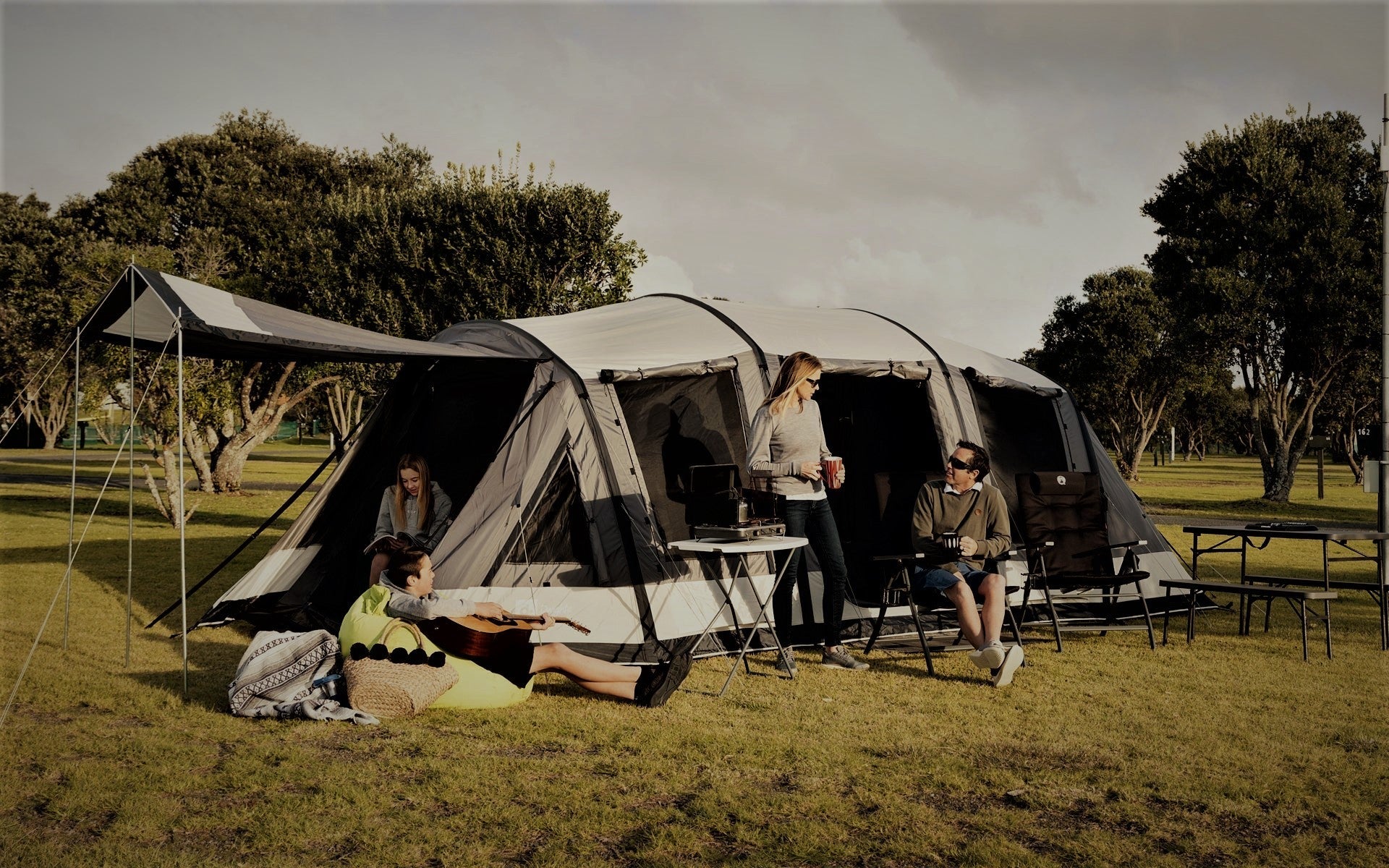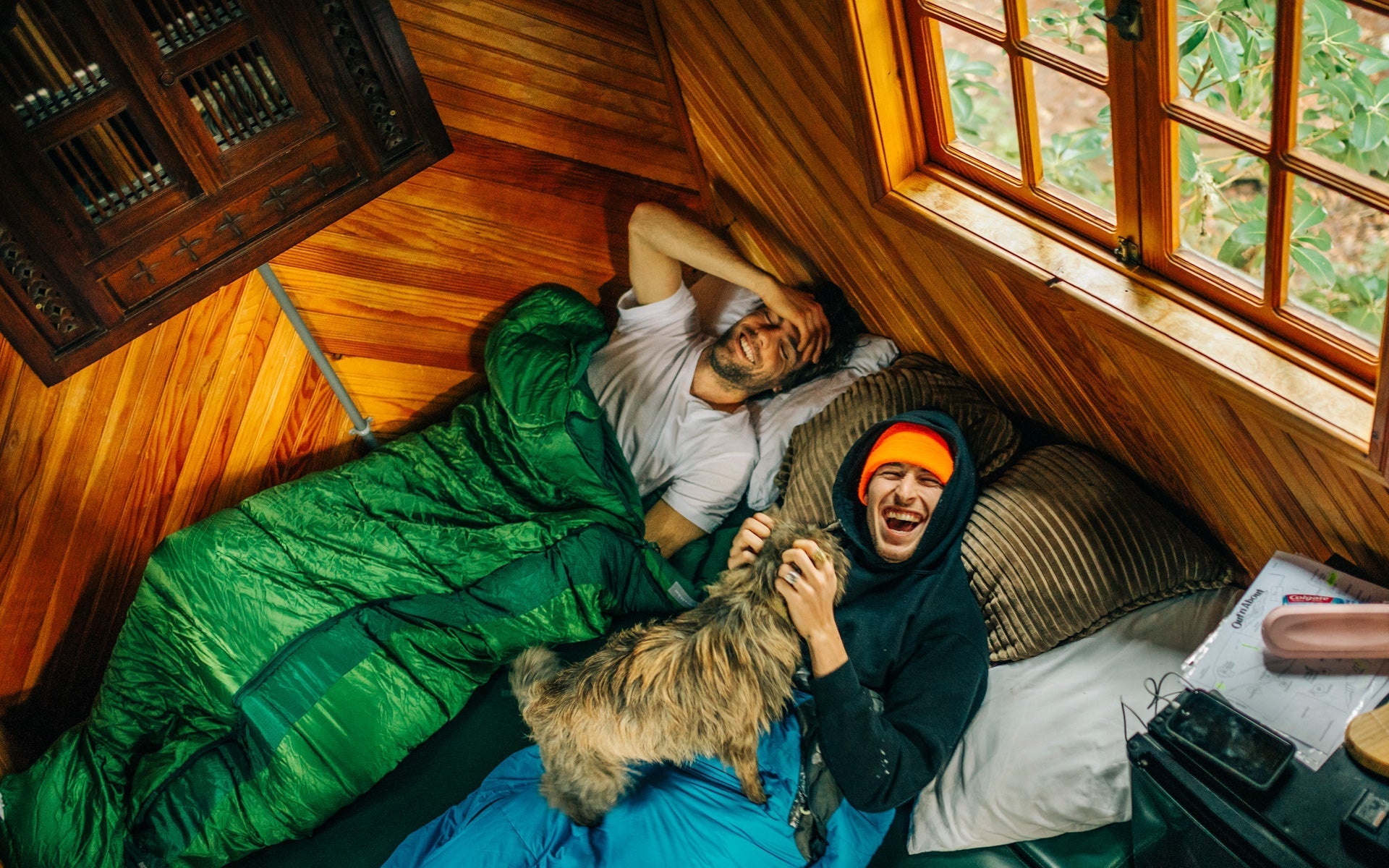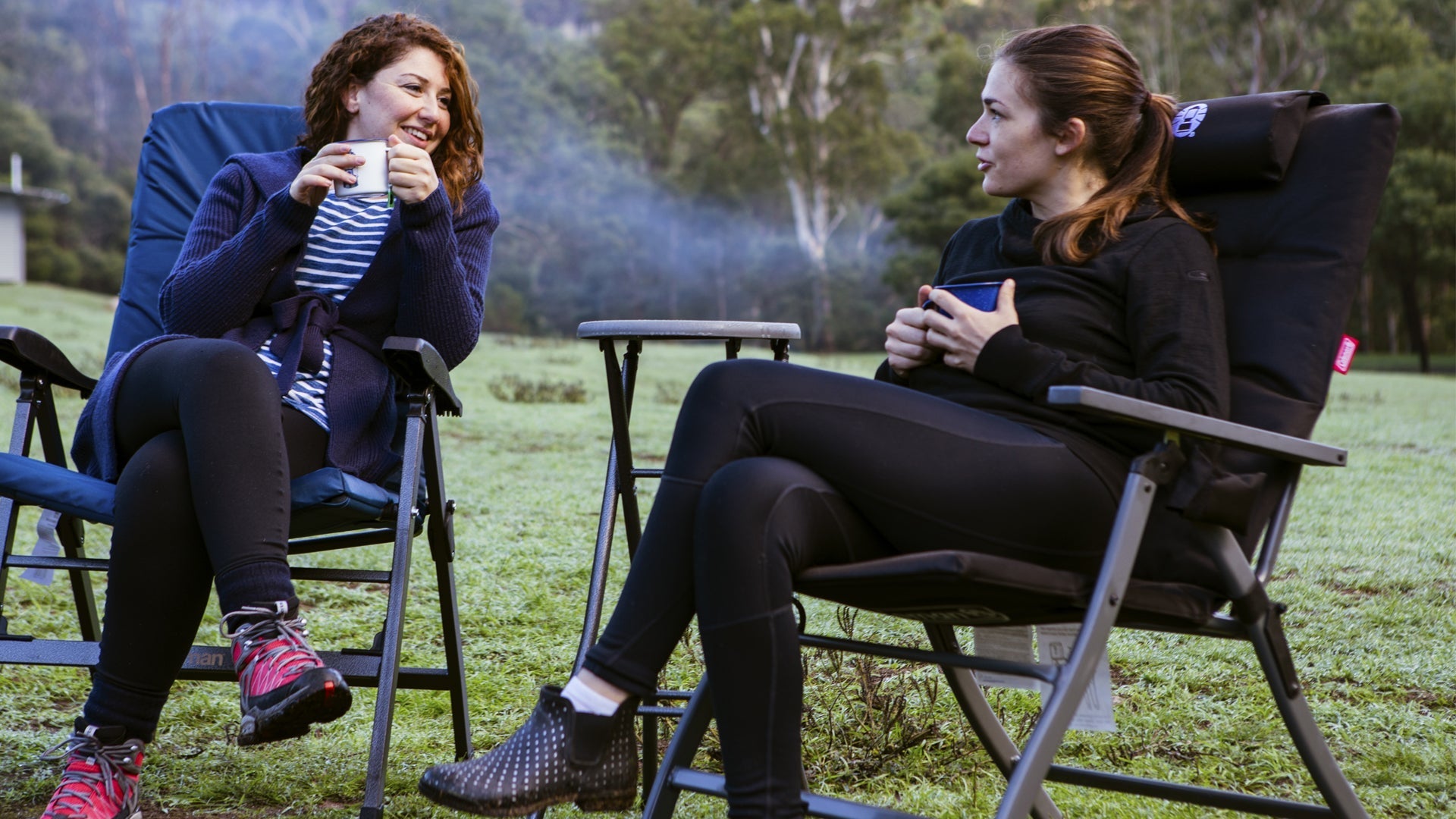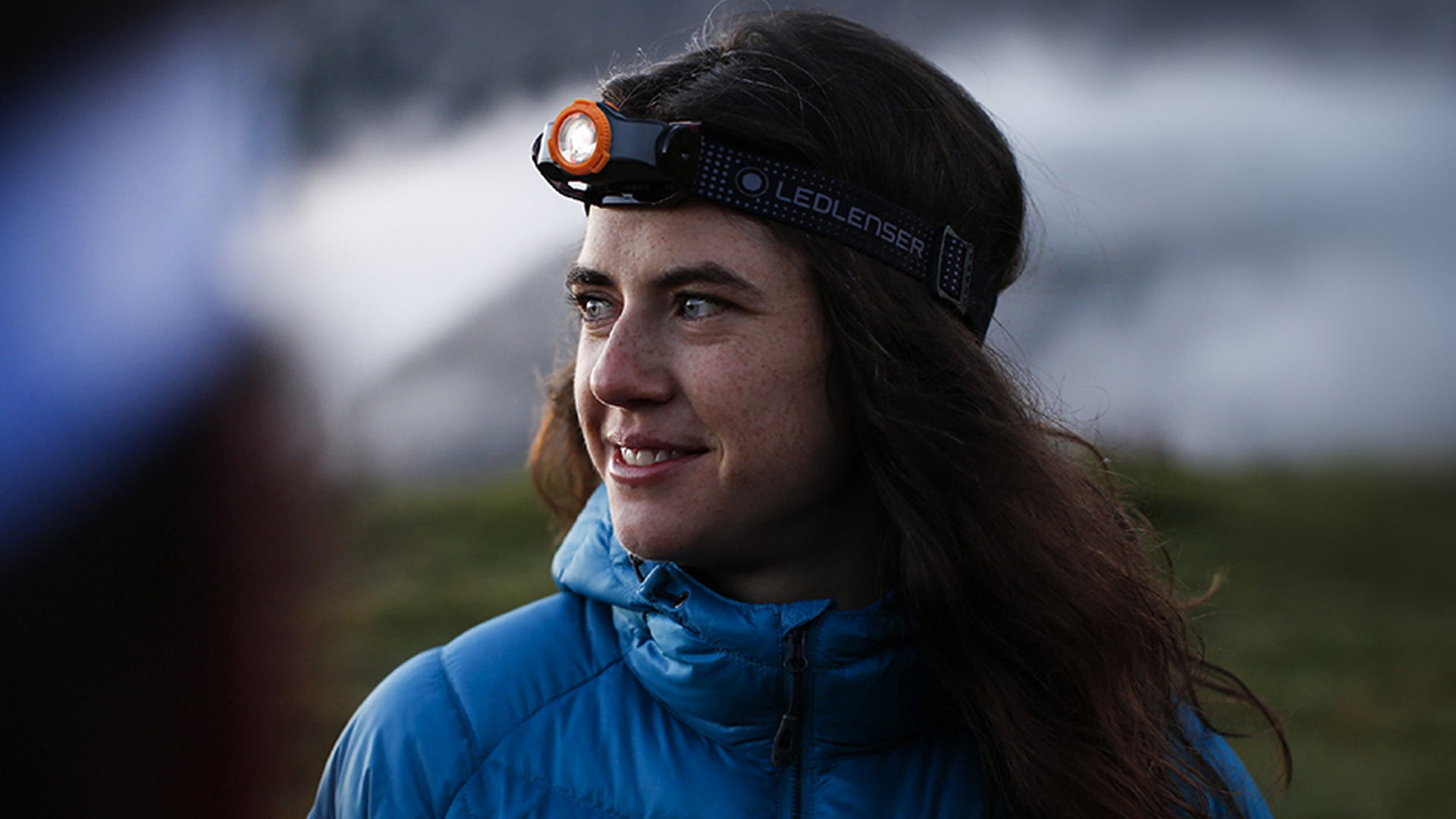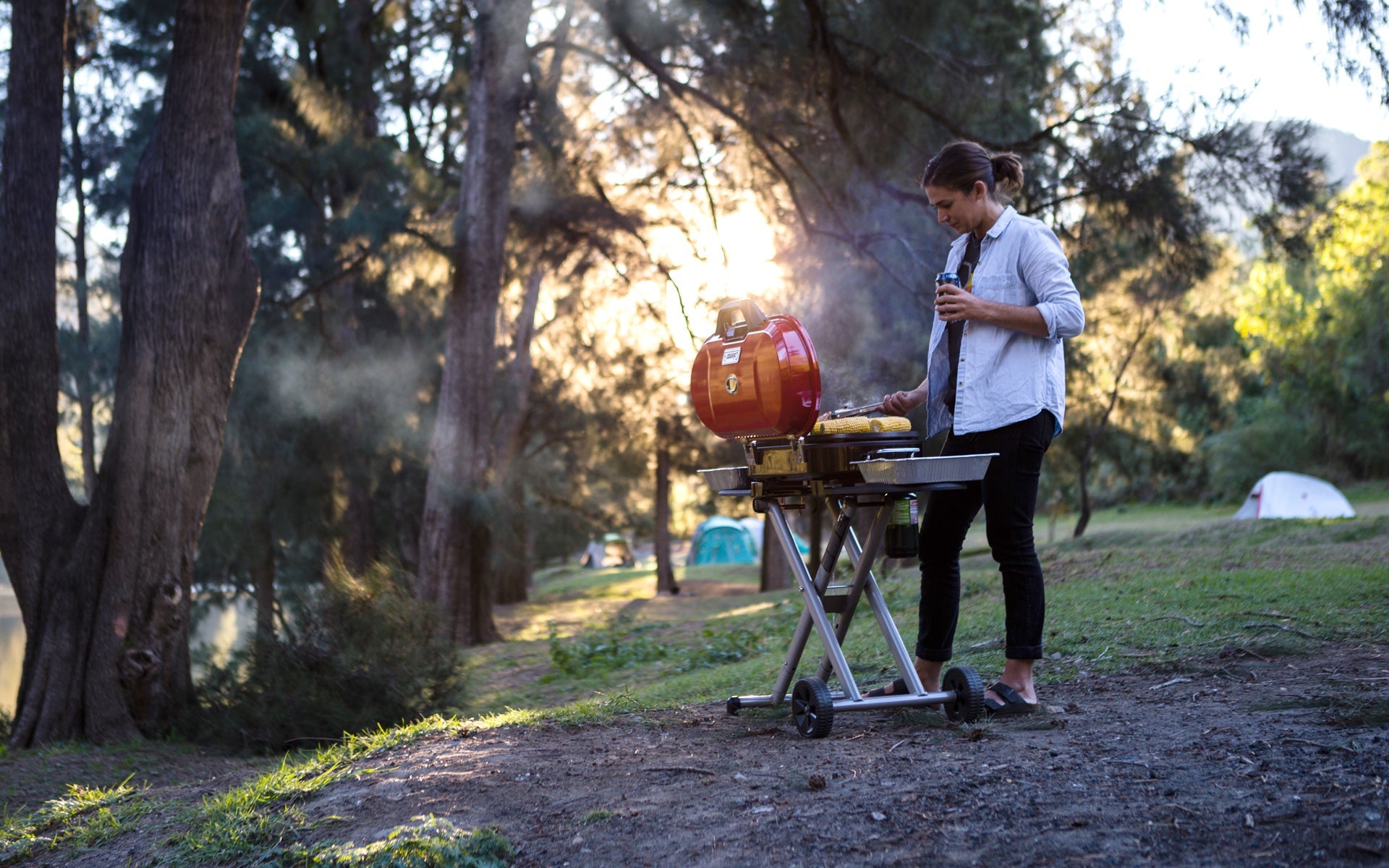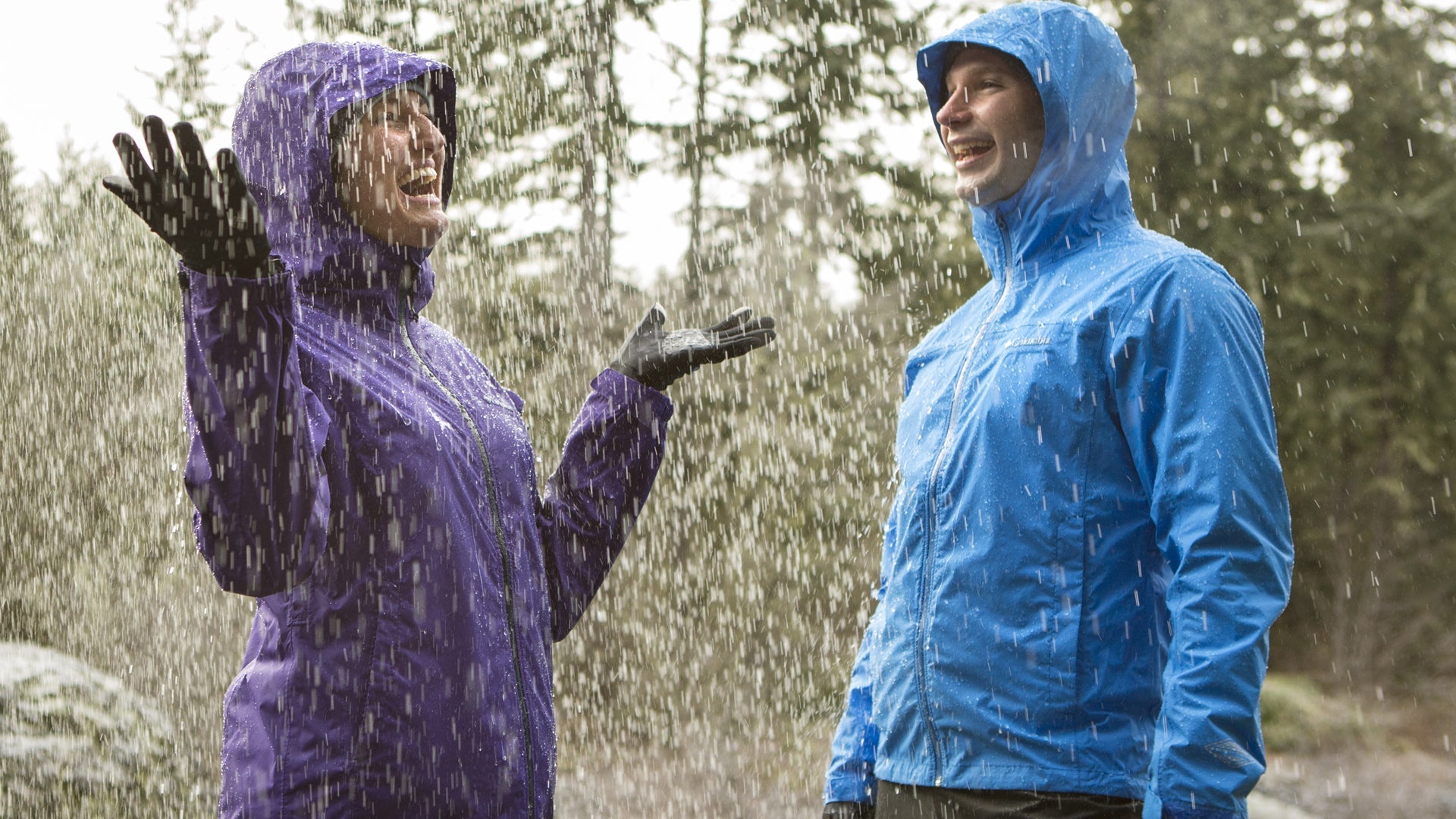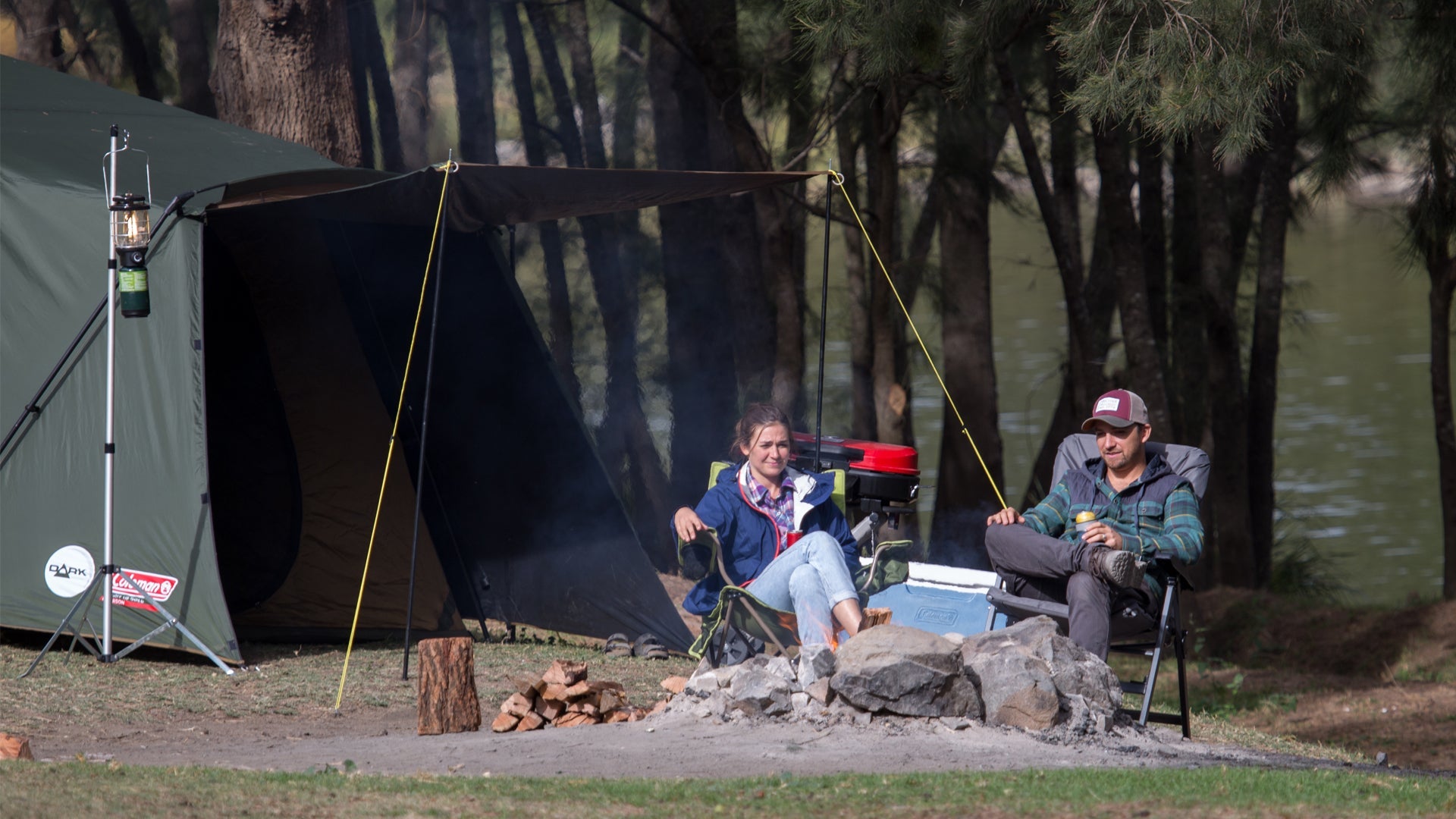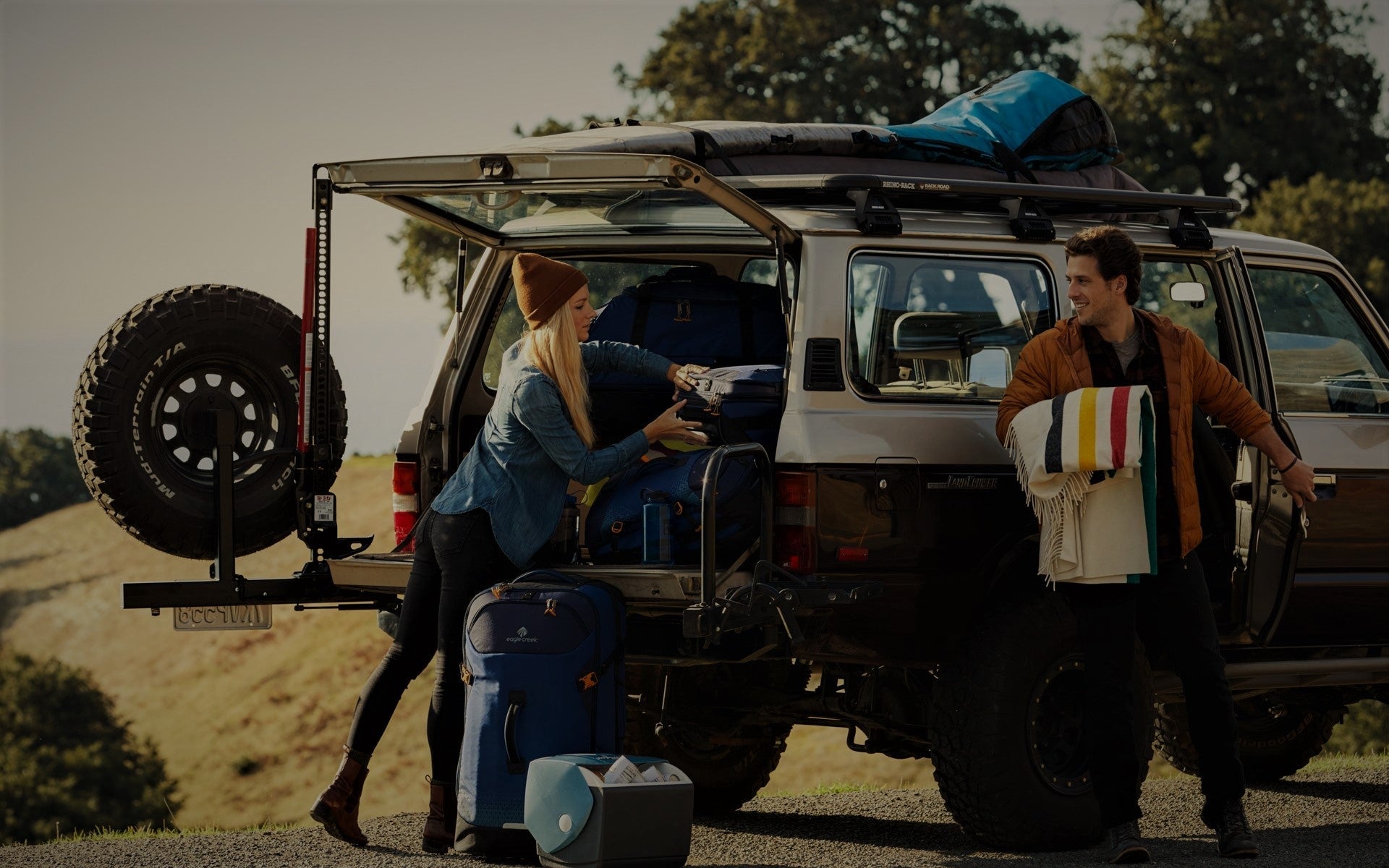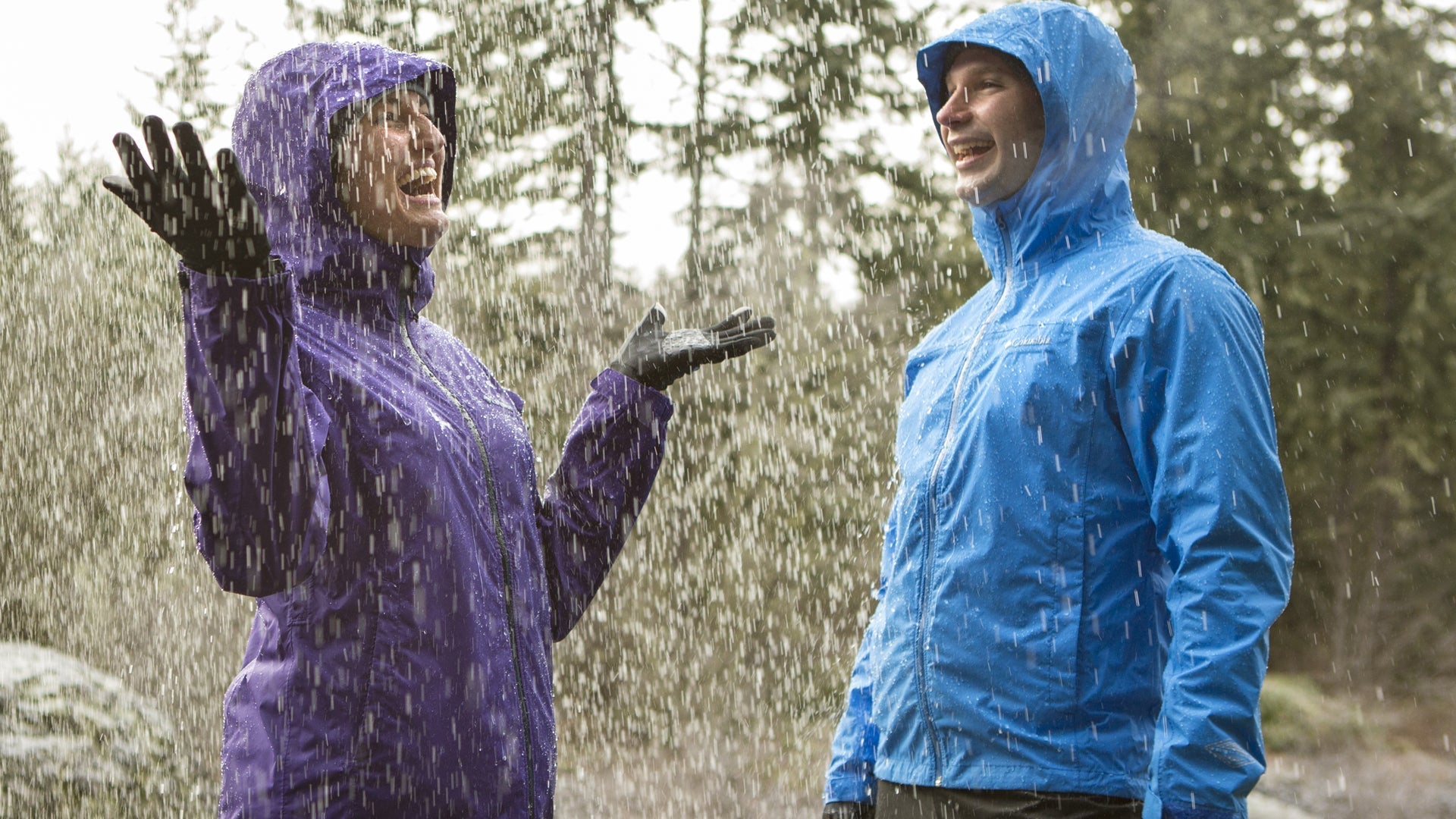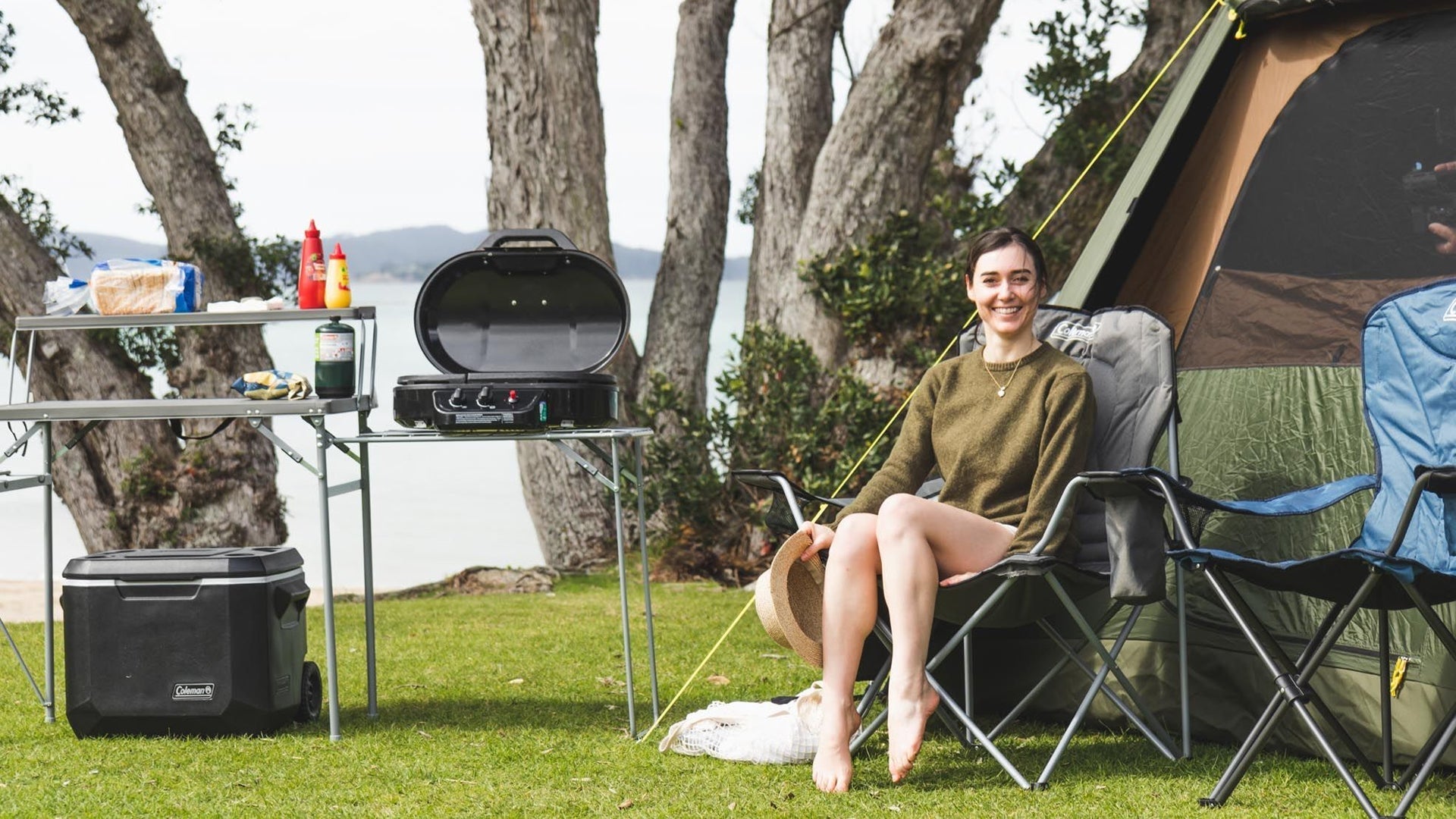Tips To Adjust Your Binoculars for The Best Viewing Experience
Adjustment of a pair of binoculars can be a tricky task. There may be problems such as black edges or you may get the focus of the binoculars wrong, among others. Binoculars are tools that different people use as per their preferences. This means that no two adjustments are the same (most of the time). You may need to adjust the width, the eyecups, the lens, and more. Then there is also the dioptre setting if the binoculars have it. The dioptre setting can do away with the eyeglass prescription. There is also the ‘binocular prism adjustment’ which is not an easy thing to do. You will need professional help from usually the manufacturers of the item.
Here Is How You Can Adjust Your Binoculars
There are many tutorials available online that you can take help from for adjusting your binoculars. However, if you are a novice, you may be better off taking the help of professionals. Here is how you can make adjustments to the thing:
- Adjustment of The Eyepiece Spacing: The first step in the calibration of the binoculars is the adjustment of the interpupillary distance or the eyepiece spacing. This is also known as the distance between your pupils. The positioning of the pupils varies from one person to another. For adjustment of the spacing of the eyepiece, you have to position the binoculars to your eyes and look through them. Then for adjusting the image, use the focusing knob. Then you have to look through the binoculars with both eyes open and work on the distance between the two barrels till the image in both eyepieces aligns as per your preference.
- Adjusting The Diopter Setting: Binoculars such as hunting binoculars have a small knob or lever on one of the eyepieces that help you in adjusting the focus. The diopter setting has to be adjusted so that it matches your eyesight and the image you get is sharp. For adjustment of this setting, you have to close your right eye and the left eyepiece has to be focused on a distant object. Then the left eye has to be closed and focus has to be put on the right eyepiece while using the diopter setting. Adjust the knob in the centre till you can a clear image.
Require Additional Assistance?
If you have any questions or require help in finding the ideal pair of binoculars, please feel free to reach out to us. You can send us an email at online@dwights.co.nz or utilize the contact form on our website: https://dwights.co.nz/pages/contact-us. We are here to assist you.
Frequently Asked Questions
How do you adjust binoculars for viewing?
Binoculars in New Zealand can be adjusted using the eyepieces and the dioptre setting. If you are a rookie then taking the help of an expert can be helpful. Having said that, the arrangement of the eyes is different for everyone. There are many knobs in the binocular and they have to be adjusted to make it suitable for scanning the landscape.
Why can’t I see through binoculars properly?
There can be a range of reasons why you are unable to see through a pair of binoculars. The reason may be the improper arrangement of the width of the binocular. Before using it, make sure that the thing aligns with the arrangement of your eyes. If you do not wear glasses, then you can extend the eyecups. The image will black out if the width has not been set properly.
Do binoculars need to be calibrated?
Hunting binoculars in New Zealand need to be calibrated so that they can fit the vision of the eye. Calibration of binoculars can be carried out by considering the space between the eye pupils. The eyepieces need to be arranged in such a way so that the distance between the two is not a lot and not too less. Calibration is also necessary so that there are no shadows in the output.
What is better for eye relief on binoculars?
The distance between the eye and the lens of the binoculars is known as eye relief. The ideal eye relief is usually between 10mm to 20mm. The eye relief will vary from one binocular to another. However, if you wear glasses, you will need binoculars that have long eye relief. Most of the time they will need an eye relief higher than 15mm.


